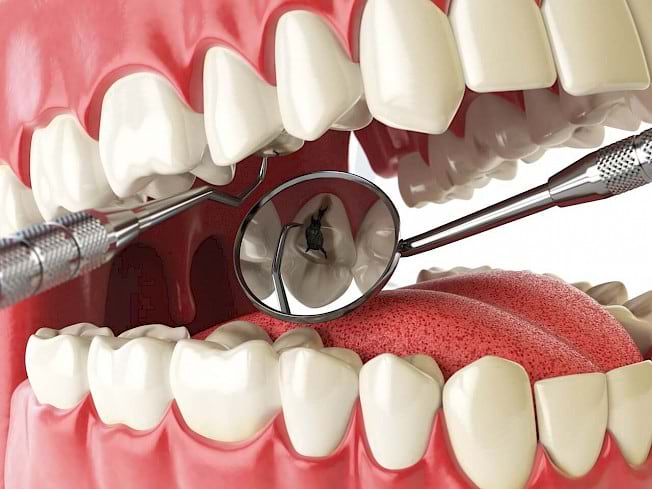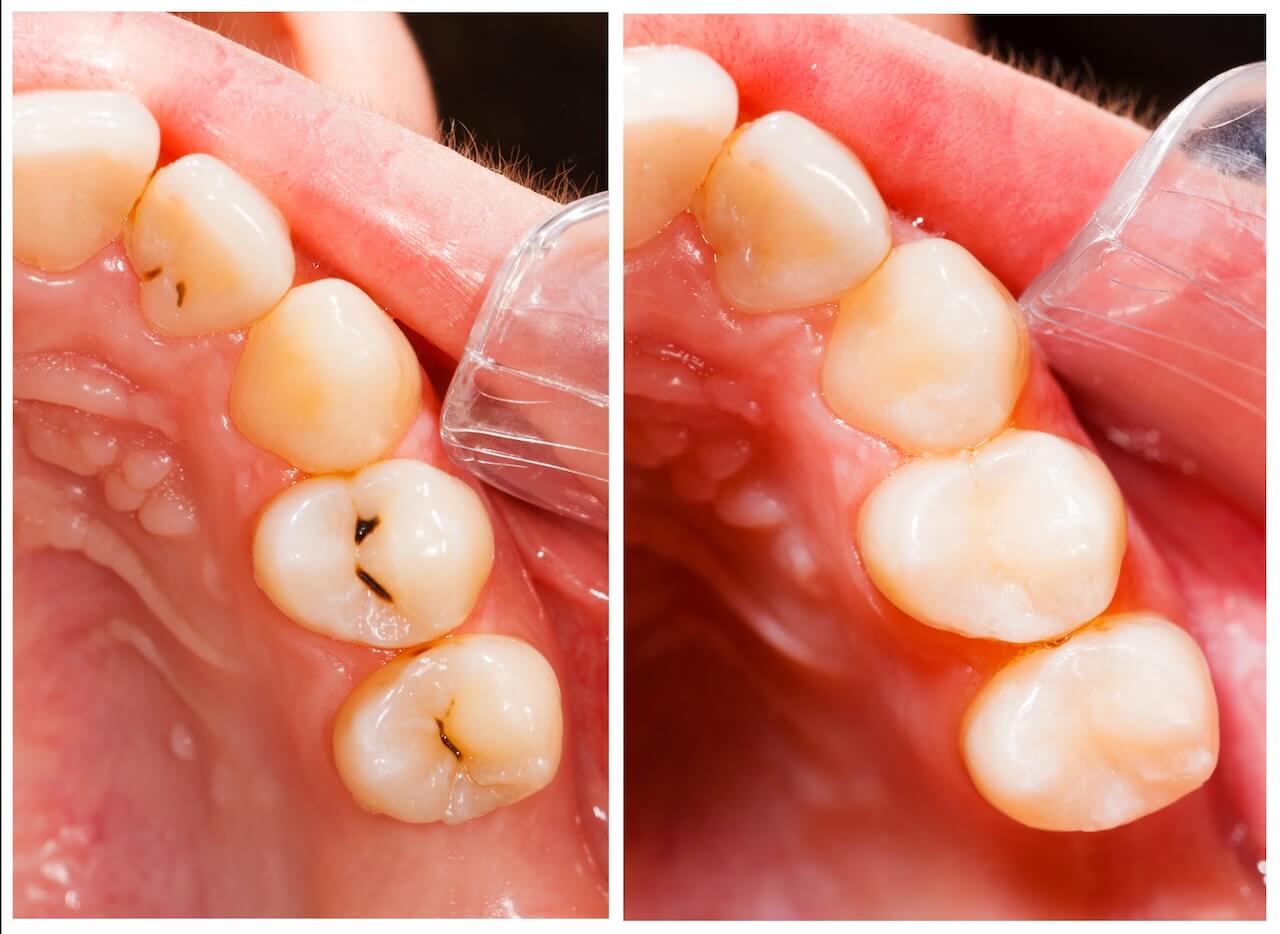How Can You Tell If You Have a Cavity?
 Getting a professional opinion is the best thing to do if you think you have a cavity.
Getting a professional opinion is the best thing to do if you think you have a cavity.
When left untreated, cavities can cause a host of health problems, including tooth sensitivities, foul breath and, in extreme situations, infection, abscesses and even tooth loss.
Signs of Tooth Cavity
The CDC reports that 90% of people over the age of 20 have had cavities at some point in their lives. Recognizing the early warning symptoms of cavities is crucial for maintaining healthy teeth and gums.
Tooth Sensitivity
One symptom of cavities is extreme sensitivity to hot, cold, sugary or acidic meals and drinks. This is because the dentin and nerves that make up a tooth's interior are more vulnerable to sensitivity when a cavity exposes them.
External stimuli, such as temperature changes or sugary meals, may irritate or even cause pain in these sensitive regions.
If you have persistent tooth sensitivity, especially in certain parts of your mouth, it's important to see a dentist to rule out cavities.
Toothaches
When decay gets into a tooth, it creates a cavity, which irritates and inflames the tooth's nerves.
If you chew or put pressure on the damaged tooth, this irritation can cause a toothache, which can be continuous or intermittent.
Toothaches can range from mildly painful to very painful and throbbing.
Tooth Stain
Many things can cause discoloration of the teeth, but if the stains are more localized, it might be a sign of cavities.
Plaque and bacteria that accumulate in a cavity can cause enamel erosion and discoloration, which in turn causes these stains.
Your dentist can check the stains and treat them accordingly.
Hole in the Tooth
As cavities get worse, they tend to form more visible holes and pits in the affected teeth. These holes, known as cavitations, form as a result of tooth decay.
When left untreated, they can form massive gaps in your teeth.
Bleeding Gums
When tooth decay gets near the gums, it can irritate the gum tissue and cause bleeding when you brush or floss.
Gum disease, which can lead to cavities, can worsen gum bleeding and other oral health problems.
Finding and treating cavities early on may save you a lot of trouble down the road, including gum disease and even tooth loss.

How to Prevent and Treat Cavities
The best way to keep cavities at bay is to schedule regular dental checkups and practice proper dental hygiene.
You can do this by
minimizing sugary meals and beverages
flossing regularly
brushing your teeth twice a day with fluoride toothpaste
If you're a gum chewer, you may want to try sugar-free gum after meals. This will encourage your salivary glands to work harder, which will help neutralize acid and remineralize your tooth enamel.
Treatment options for cavities include fillings, crowns and inlays or onlays.
Larger cavities that compromise the tooth's structure usually require crowns.
Fillings tend to work better for most smaller and medium-sized cavities.
Inlays and onlays are commonly used to repair damage to the chewing surfaces of the back teeth.
Certain individuals may need dental sealants, which are thin plastic coverings placed on the chewing surfaces of molars.
The goals of each kind of restoration are to stop more decay while restoring the tooth's structure, function and appearance.
Conclusion
Cavities are the biggest risk factor for tooth loss and gum disease, making it very important that you stay on top of your oral health.
If you think you might have a cavity, call us to schedule a dental checkup right away.